Researchers at the University of Bristol and the University of Edinburgh have made an important correction to a recent study published in the journal Nature. The original article, titled "The oldest known lepidosaur and origins of lepidosaur feeding adaptations," was published on September 10, 2025. The correction addresses an incomplete Data availability section, which has been updated to include further data on phylogenetic data sets and analyses, as well as 3D segmented models from CT scans. The additional information is now available at https://doi.org/10.5061/dryad.cvdncjth4.
The correction was made to ensure the accuracy and transparency of the research, which has significant implications for our understanding of the evolution of lepidosaurs. According to Dr. Daniel Marke, a researcher at the University of Bristol, "The inclusion of this additional data is crucial for the scientific community to fully appreciate the findings of our study." Dr. Marke emphasized the importance of transparency in scientific research, stating, "We strive to provide the most accurate and comprehensive information possible, and this correction is an essential step in that process."
The original study explored the origins of lepidosaur feeding adaptations, which are a key aspect of the evolution of these ancient reptiles. Lepidosaurs, which include modern-day lizards and snakes, have a rich history that dates back over 200 million years. The study's findings have significant implications for our understanding of the evolution of these animals and their adaptations to different environments.
Dr. Michael J. Benton, a researcher at the University of Bristol, noted that the correction is an important step in the scientific process. "Corrections are a normal part of scientific research, and we welcome the opportunity to clarify and improve our findings," he said. Dr. Benton emphasized the importance of collaboration and transparency in scientific research, stating, "We work together with our colleagues to ensure that our research is accurate and reliable, and that our findings are communicated clearly and effectively."
The correction has been made in both the HTML and PDF versions of the article, ensuring that the updated information is available to the scientific community. The study's findings remain an important contribution to our understanding of the evolution of lepidosaurs, and the correction serves as a reminder of the importance of transparency and accuracy in scientific research.
As the scientific community continues to explore the evolution of lepidosaurs, researchers will rely on the updated data and findings from this study to inform their own research. The correction serves as a model for the importance of transparency and collaboration in scientific research, and highlights the ongoing efforts of researchers to improve the accuracy and reliability of their findings.



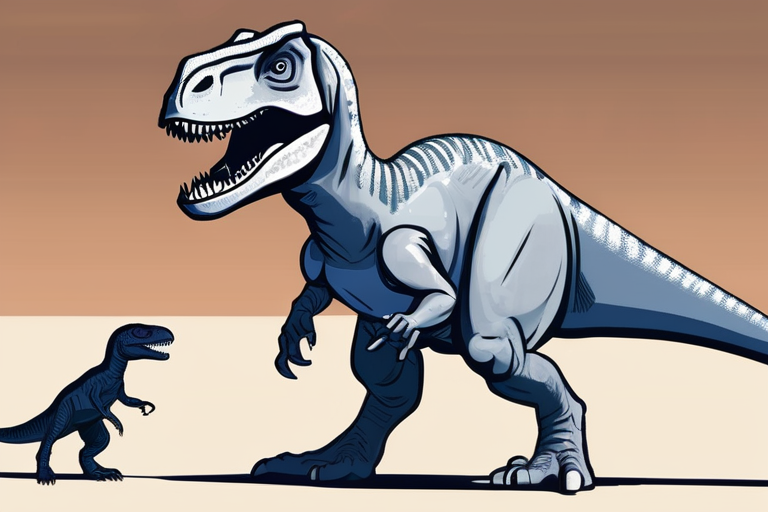

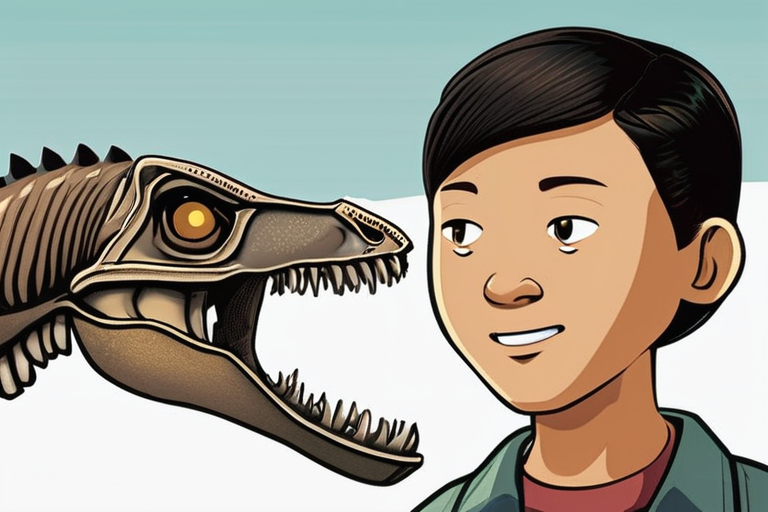
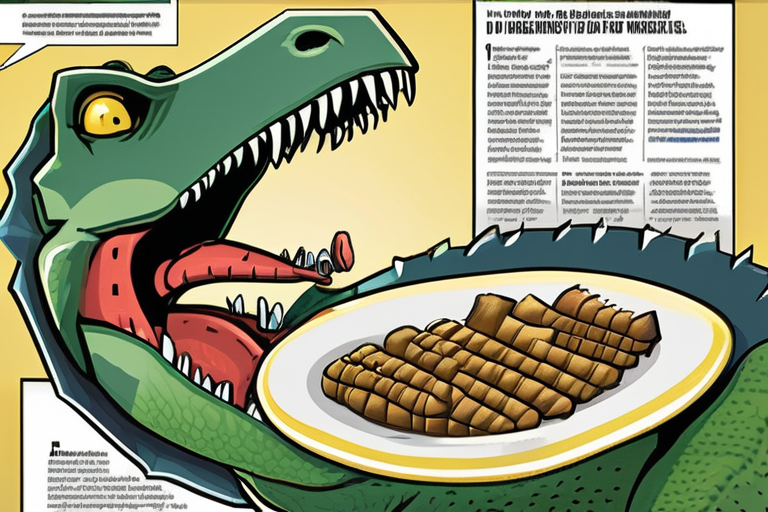
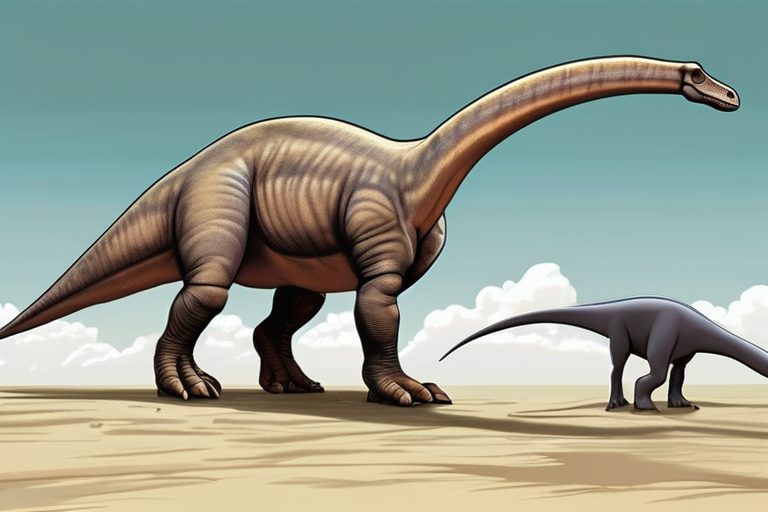




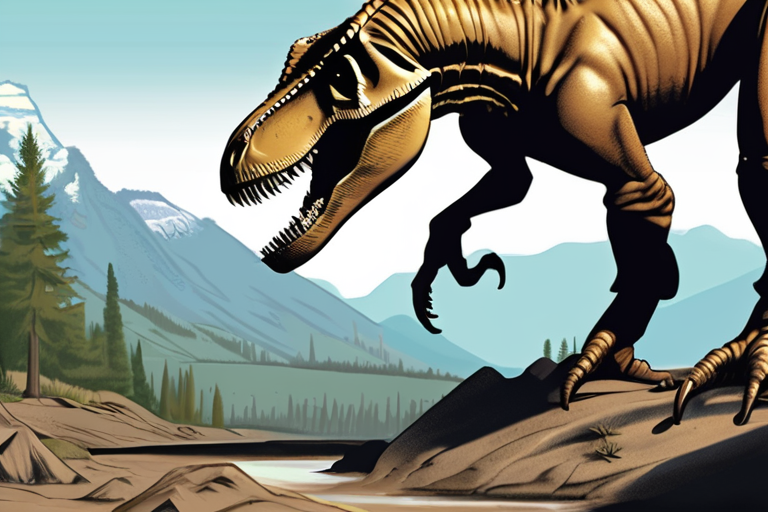



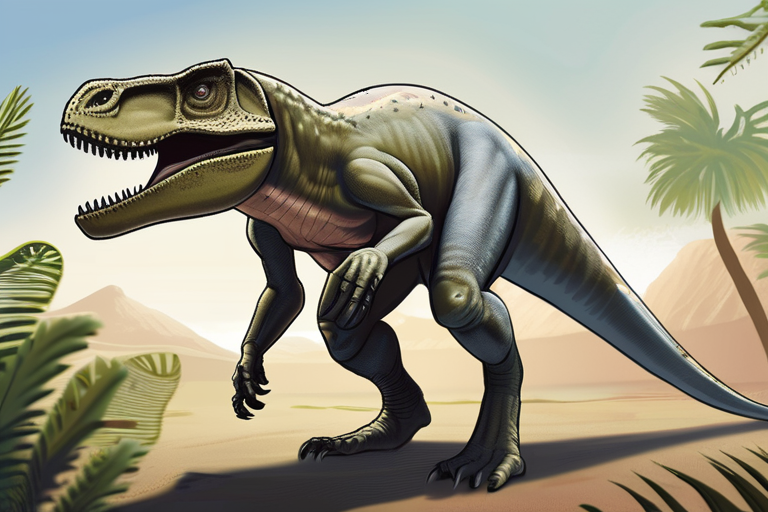
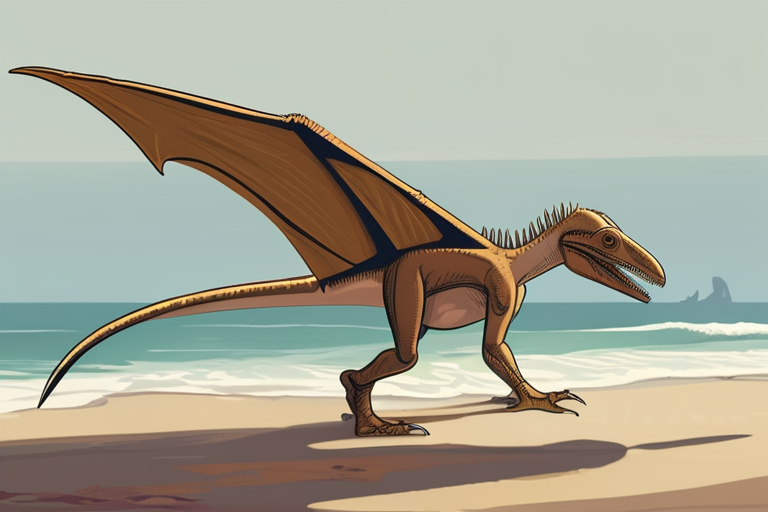
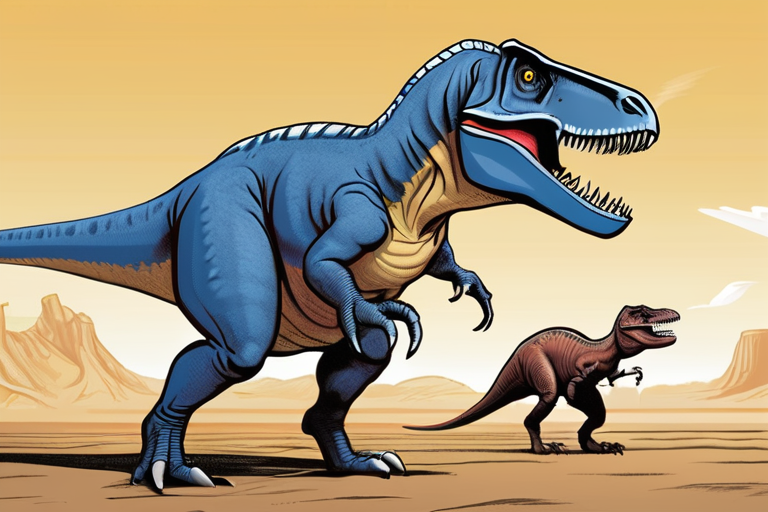
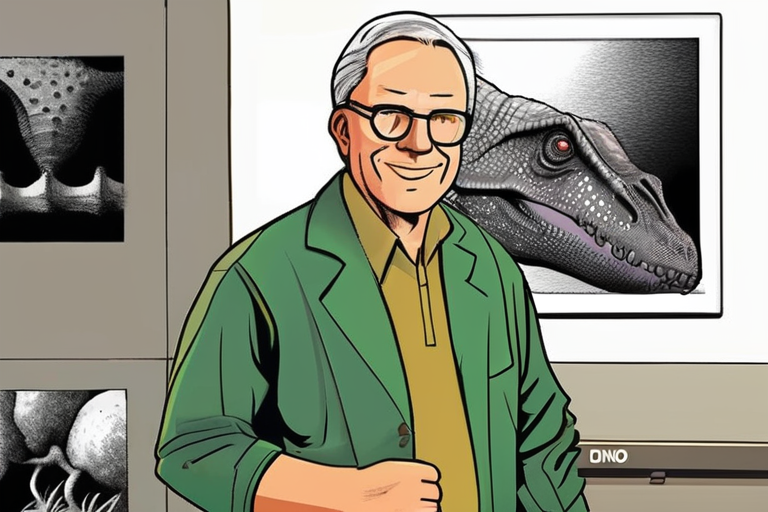
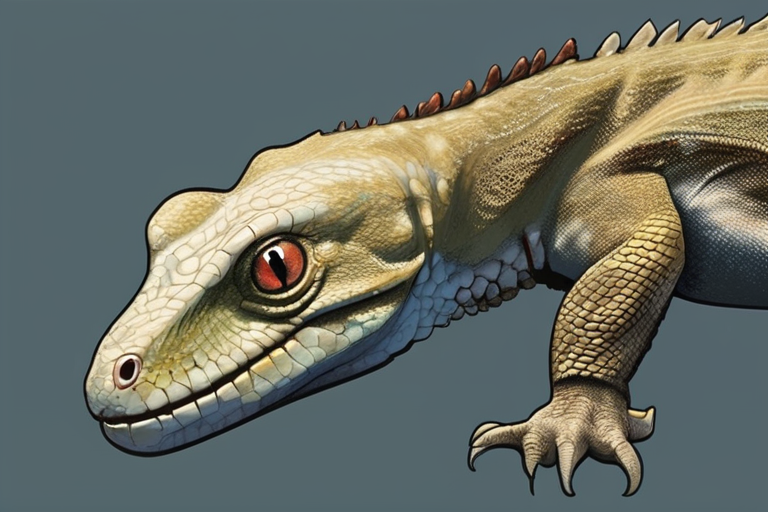
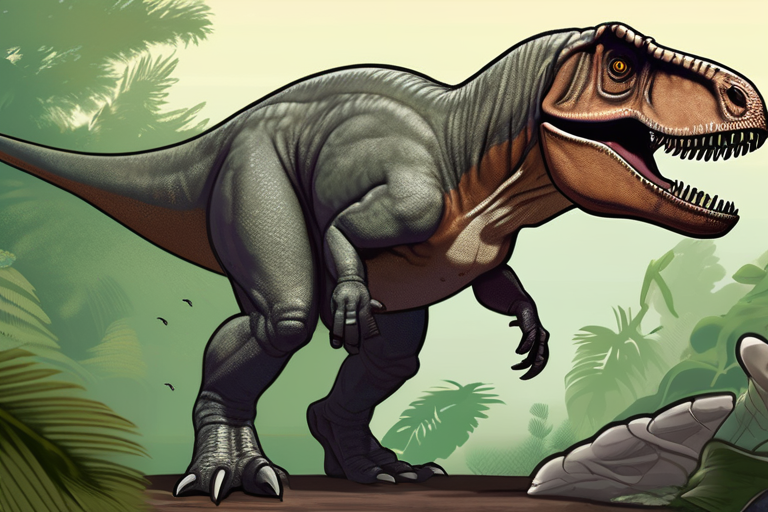
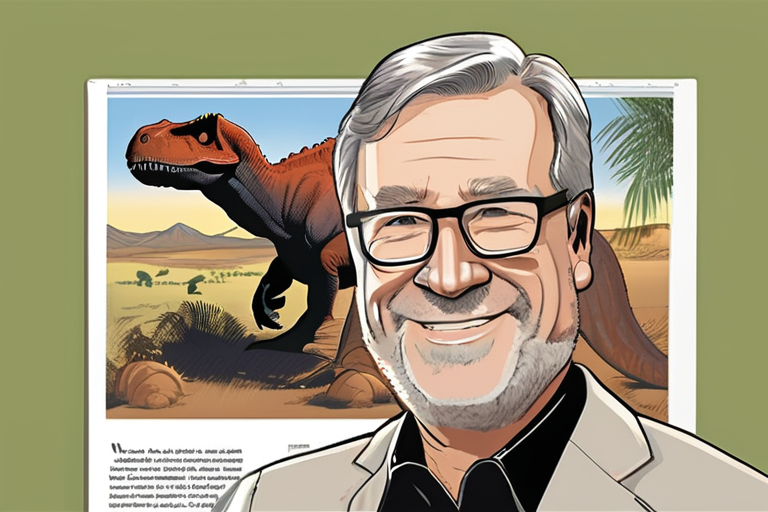


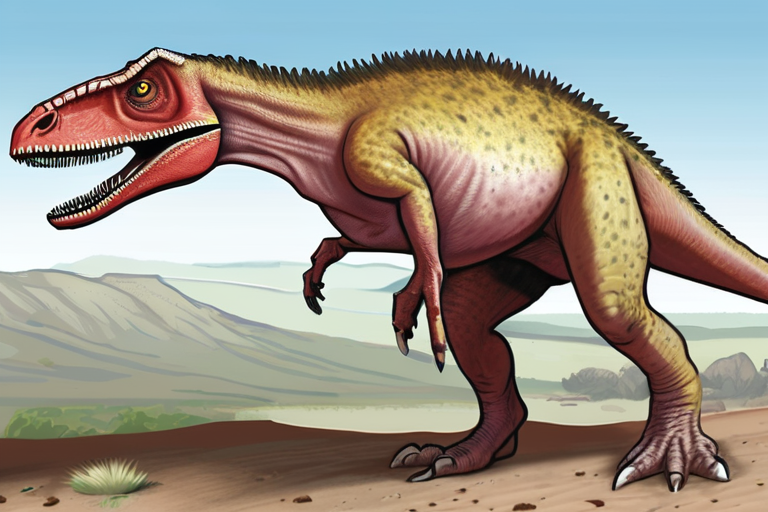

Share & Engage Share
Share this article